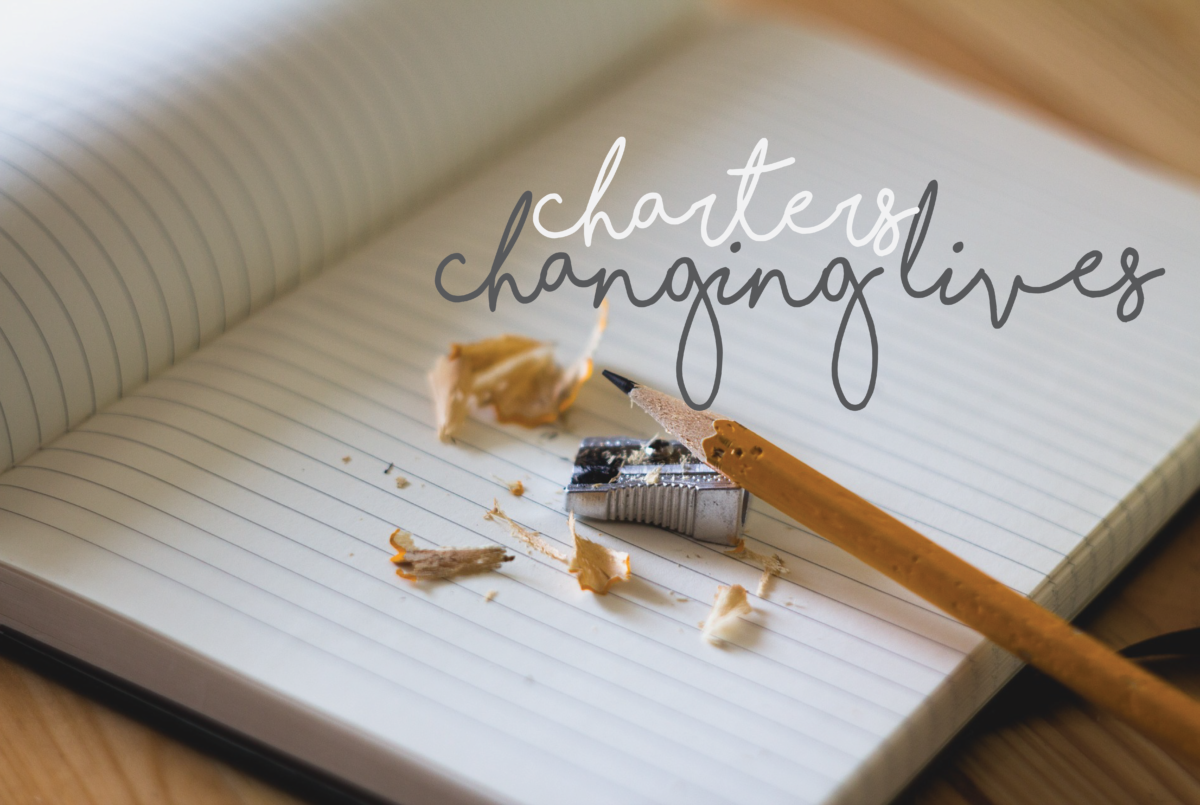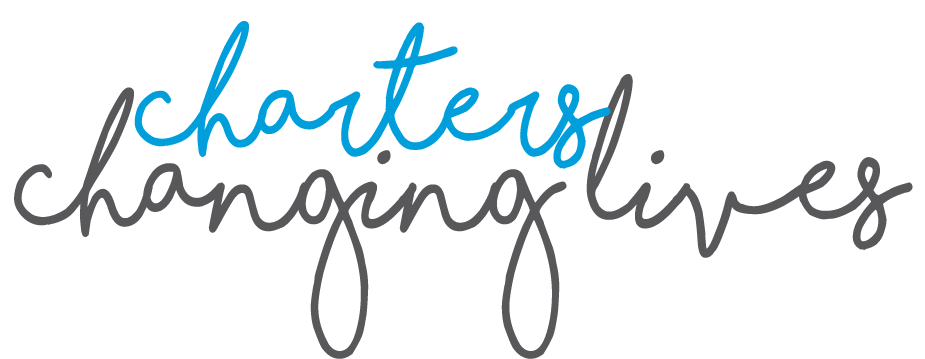How one Nogales charter school helped students see their own value.
About 20 years ago, Baltazar “Balty” and Veronika Garcia realized something was amiss in the Nogales community where they both taught high school students.
Many of their students brimmed with potential, but seemed to lack a sense of identity and enough support to push them towards greater possibilities.
The Garcias wanted to change the trajectory of these students’ lives, and knew it had to start in kindergarten.
Arizona’s budding charter school law was in its infancy when the Garcias decided to help improve the outcomes for students on the border, opening Mexicayotl Academy of Excellence in 1998.
[pexnivoslider pex_attr_sliderid=”89″][/pexnivoslider]
“Opening the school was a way for us to show that we cared for people in our community. We knew more kids could achieve more,” Veronika Garcia said.
Twenty years later, Mexicayotl has risen to become one of the top schools in the state, primarily serving low-income students along the Arizona/Mexico border.
In the most recent state letter grades, the K-8 public charter school was an ‘A’ school, a distinction it held for the previous two years.
Mexicayotl has accomplished this feat with the majority of their students living in poverty and speaking Spanish as their primary language. In addition, a lot of their parents attended school in Mexico, so there’s a difference between the parents’ experience and the American school system.
The school also partnered with the Center for Student Achievement’s Quality Schools Program, which provides professional development to schools across the state.
“We worked with kids who were very intelligent, but not on track to get to the university. Nobody was looking out for them,” Veronika Garcia said.
The school’s mission statement sits high on a wall along a corridor that connects the front lobby with the rest of the school.
It reads, “Learning because of who we are, in two languages, to become critical thinkers, within a process of learning through application, resulting in the full spectrum of ‘inter-culturalism.’”
“It covers everything from culture to academic potential, to actual doing,” Balty Garcia said.
Mexicayotl’s dual language program is central to this philosophy, not only from an academic perspective, but also culturally.
Instead of viewing their Spanish as a liability, the students’ native language is treated as a strength and benefit in the classroom.
“It’s the use of both English and Spanish, and the idea that your maternal language is an asset and not a deficit,” said Ismari Garcia, who teaches seventh and eighth grade at the school. “You give kids something to build off of with their Spanish and it helps them with their English.”
Students take language classes in English and Spanish, learning critical thinking and the ability to analyze texts in their native language so they can transfer those skills to English, said third and fourth-grade teacher Lourdes Ascencio.
“This simultaneous literacy method allows students to begin closing the gap in the early grades”, Ascencio said.
“It’s successful for us because it addresses the needs of our population. We are making sure they learn at the safest pace possible,” she said.
In addition to language, students also examine issues in the community from a social justice perspective in order to learn problem-solving skills. One project involved a visit to the local courthouse to learn about the judicial system.
The school’s approach to language and culture is intended to help students understand their own value in relation to all others.
“Then they want to produce because they realize they’re respected for who they are,” Ismari Garcia said.
Parents value the school’s approach to learning, as well as its connection to the surrounding community.
Alma Lopez has a seventh-grader who attends Mexicayotl and a 13-year-old high school student that transitioned as an eighth grader after being with the school since kindergarten.
Lopez was drawn to the school because Balty and Veronika Garcia were her former middle and high school teachers.
“I really like Balty’s way of teaching. It’s not conventional; it’s really hands on,” said Lopez, who is part of the parent council.
Lopez’s 13-year-old was double-promoted from fifth to seventh grade while she was at the school, as she was advancing at a faster pace than her peers.
“They kept growing her and challenged her to see what her abilities were, and she was able to hold on,” Lopez said. She was able to take the AP Spanish test as an eighth grade student and passed with the highest score.
Her other daughter, who is excelling academically, struggled with a speech problem and needed to take speech therapy classes, with the school providing a speech therapist for the child.
“I like the academic challenge it gives to kids and the cultural experience it exposes to children,” she said.
Through it all, Lopez’s daughters, along with many other students, have reached a level of academic success and personal growth that might not have been possible without the school.
“It’s about opening up dreams in a place where they didn’t exist,” Balty Garcia said.
About The Campaign
With negative headlines splashed across news outlets, the hard work of our K-12 teachers and leaders is sometimes overshadowed and forgotten. We want to change that. Our Charters Changing Lives campaign is a way to share the stories that are often overlooked: to recognize the efforts of our students, teachers, leaders and community members who dedicate their lives to ensuring student success. With 556 public charter schools serving over 170,000 student, charters play an integral role in shaping the lives of Arizona’s youth. We plan to share how Arizona’s charter schools are changing lives every day.




